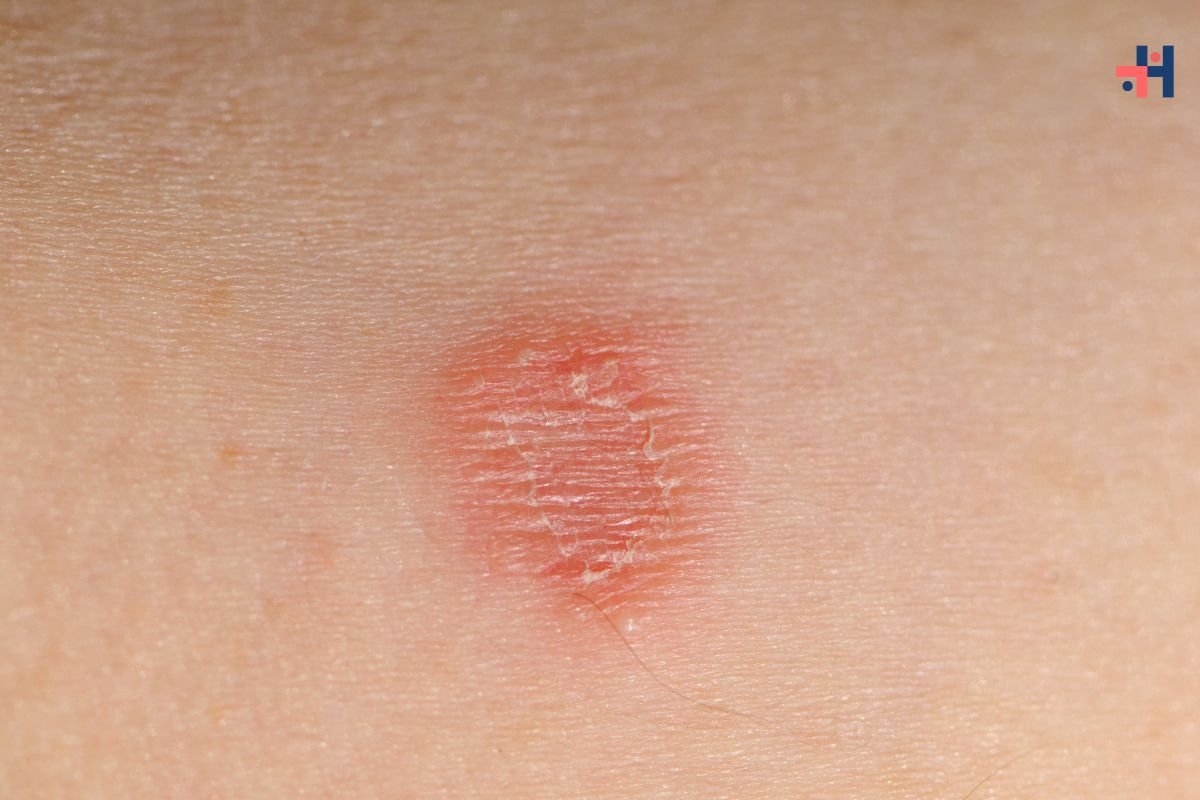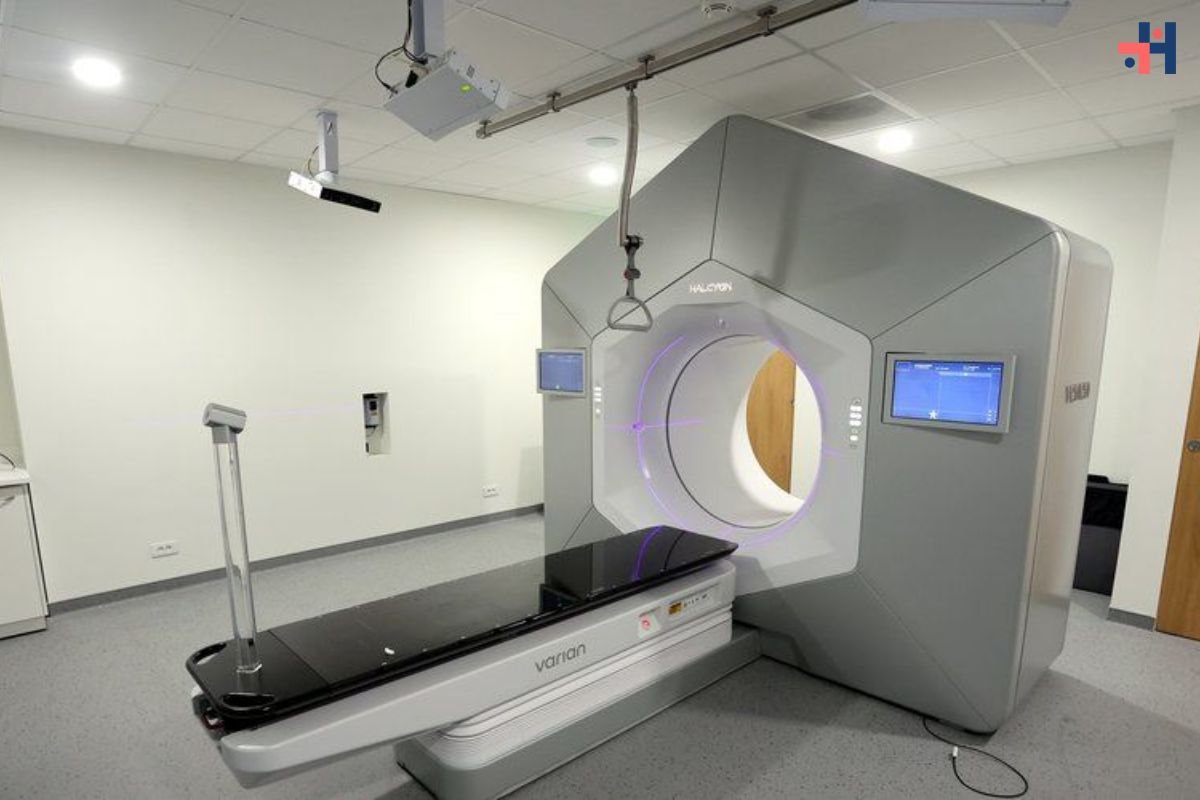The recent demise of an elderly man in Alaska due to Alaskapox, as reported by state health authorities, has drawn significant attention to this newly identified virus. Living in the remote Kenai Peninsula, the man had a weakened immune system from cancer treatments, which likely contributed to his susceptibility to the virus. According to a bulletin released by Alaska public health officials, the man was admitted to the hospital in November and succumbed to the illness in late January.
Orthopoxviruses: Infect Mammals and Manifest in the form of Skin Lesions
Alaskapox also referred to as AKPV, belongs to a group of viruses known as orthopoxviruses, which typically infect mammals and manifest in the form of skin lesions. Initially discovered in 2015, Alaskapox shares genetic similarities with smallpox, cowpox, and mpox, as per information provided by the Alaska Department of Health.
Although the exact source of the virus remains unknown, health officials speculate a potential link to a stray cat that resided with the deceased individual. This revelation echoes recent concerns in Oregon, where health authorities confirmed a rare case of human plague likely transmitted by a pet cat.
Symptoms of Alaskapox
Symptoms of Alaskapox may include one or more skin lesions, rash, swollen lymph nodes, and joint or muscle pain. According to the Alaska Department of Health, individuals affected by Alaskapox may mistake their symptoms for a spider or insect bite initially. Dr. Joe McLaughlin, a state epidemiologist, emphasized the importance of seeking medical attention for any suspicious skin lesions, particularly for those with underlying health conditions or compromised immune systems.
Regarding transmission, Alaskapox is believed to be zoonotic, meaning it can jump from animals to humans. Tests conducted in the Fairbanks area revealed evidence of current or past infection in various small mammal species, including red-backed voles and domestic pets. Close contact with infected animals, particularly rodents, poses a risk of transmission to humans. While the cat associated with the recent fatality tested negative for the virus, its hunting behavior and frequent scratching of the patient suggest a potential mode of transmission.
Precaution against Alaskapox
To protect against Alaskapox, health officials advise exercising caution around wildlife and covering any skin lesions with a bandage to prevent direct contact. Additionally, individuals should refrain from sharing bedding or linens that may have come into contact with the affected area. Although no instances of human-to-human transmission have been documented, precautions should be taken to minimize the risk of potential spread.
Despite the recent fatality, Alaskapox remains a relatively rare occurrence, with only six reported cases since its discovery. Most patients experienced mild illnesses that resolved without hospitalization, though individuals with compromised immune systems may be at higher risk of severe illness. While the distribution of Alaskapox appears limited to Alaska thus far, heightened awareness and continued surveillance are essential to better understand the virus and its potential implications.










